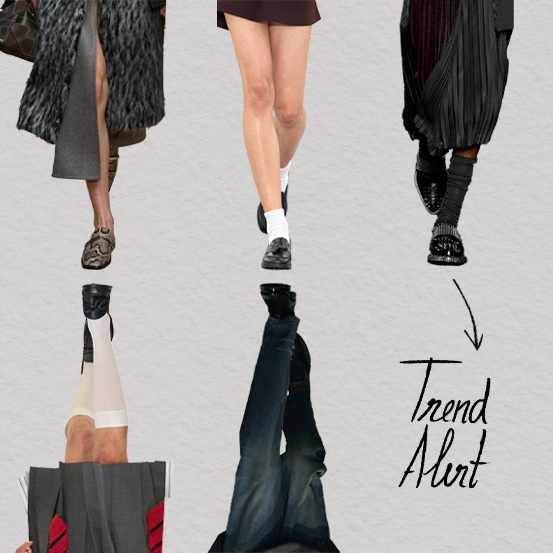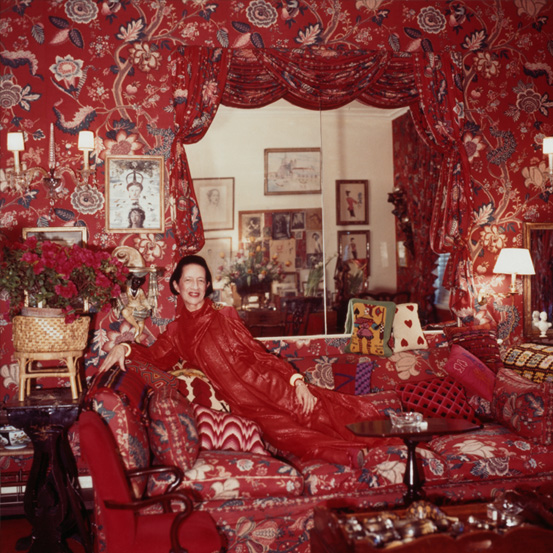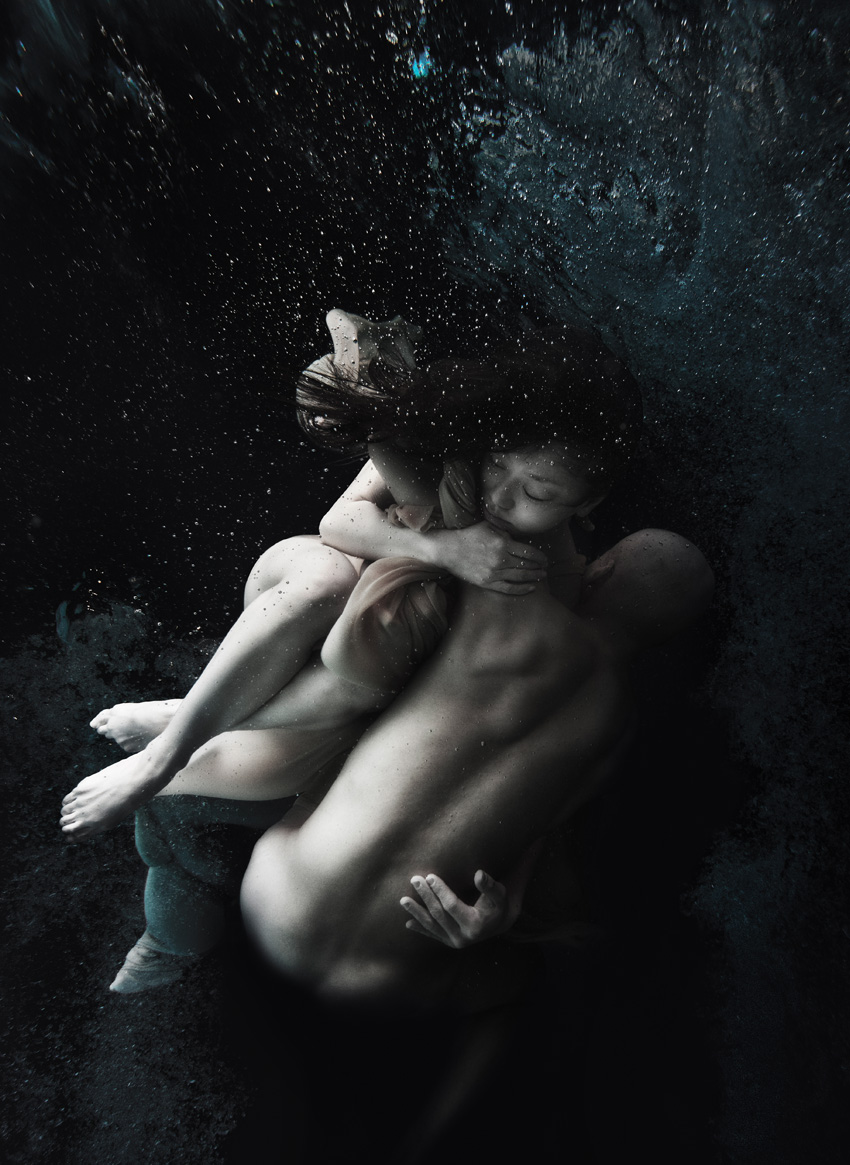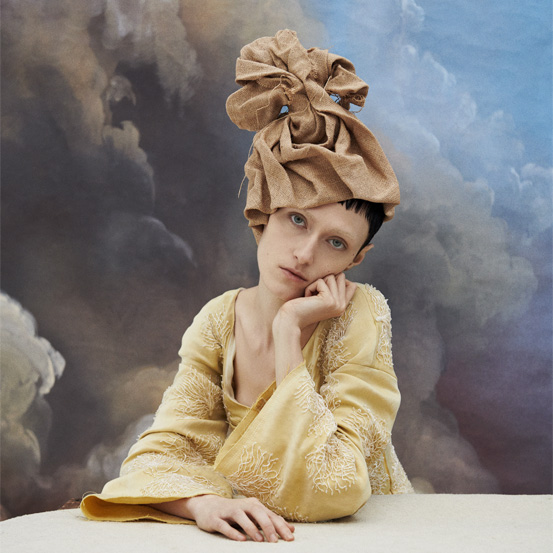Artwork by Tomohide Ikeya
In a submerged environment, where lines and silhouettes are moulded by a liquid state, Japanese artist Tomohide Ikeya has built an artistic universe based on the relationship between the human body and water - through contrasting compositions that highlight the fragility of the human condition and question our relationship with this element.
Fascinated by the underwater world long before he ever started photographing, Tomohide Ikeya discovered a deep sense of euphoria and curiosity in the contrast between light and water. The result of an immersive experience, where the photographer found himself enveloped in liquid vastness, water became a central element in his work - above all because of the way it interacts with the human body. Despite being a fundamental aspect of life, water imposes restrictions on breathing - a condition that Ikeya explores repeatedly, confronting the public with its duality. Through this tension, the artist reveals, in series such as Breath, the multiple dimensions of human existence, at the same time as questioning them through compositions that, although they convey lightness, remain grounded in a feeling of discomfort and suffocation. His images capture not only the fluid beauty of water, but also its overwhelming force, capable of contouring figures and manipulating the lines of the body.
I read that your passion for art began with an interest in manga, anime and Japanese cinema. In what ways has that helped cultivate a unique artistic perspective?
Manga, anime and Japanese cinema are the starting point for my creativity. These mediums have a complex Japanese visual language and storytelling tradition, and have had a great influence on my aesthetic sensibility. They also have their own unique ways of telling stories, visual representation and conveying emotions. In particular, Japanese animation's concept of "ma" (space) and attention to detail have had a significant influence on my work. They stimulate the imagination beyond reality and inspired me to explore the boundaries between reality and unreality in my own work. The power of visual storytelling and a form of expression that directly touches the viewer's emotions form the basis of my photographic work.
How has not having a traditional background in artistic training molded and influenced your relationship with art and the way you approach your creative process?
Not having a traditional artistic education has given me the freedom to chart my own path without the existing rules and expectations. The self-learning process is based on experimentation and discovery, which in my opinion gives my work a unique improvisation and purity. I had to learn about art history and the art market on my own, but I was lucky enough to have good contacts who taught me, and I learnt from the Internet and other media sources. I'm also more open to influences from different areas, which has allowed me to adopt an experimental approach to the photographic medium, not limited by conventional framing. In addition, my experience in commercial photography has helped me to build a technical base from which I have been able to develop my own way of expressing my vision.
In what ways is Japanese culture reflected throughout your work?
Japanese culture is deeply rooted in the aesthetic and philosophical aspects of my work. Concepts of beauty such as wabi-sabi - the beauty of imperfection, transience and simplicity - influence my aesthetic sensibility. The traditional Japanese view of the relationship between man and nature, particularly in relation to water, is also a central theme in my Breath series. The Japanese sense of restraint and suggestion is also evident in my choices of what to show and what to hide.
Do you intentionally reference other artists or artistic movements in your photography?
Although not directly quoted, the influences come from a variety of artistic traditions - from Japanese ukiyo-e to surrealism. I'm inspired by Caravaggio's depiction of water and dramatic use of light and shadow, by ukiyo-e artists such as Hokusai and Utagawa Hiroshige and, in contemporary art, by Bill Viola's water-based video artworks. These influences are reinterpreted through my own sensibility and manifest themselves in my work.
In your series Breath, what story are you aiming to tell about the human relation with water?
The Breath series explores the fundamental relationship between the element of water and human existence. Water is the source of life, but it also has the power to kill us. In this contradictory nature, the tension that arises when the act of breathing, necessary for human life, is restricted underwater is expressed. It's not just a physical struggle, but a dialogue with existence itself. I want to convey the fragility of our lives, our strength to continue living and the beauty of the interweaving of these elements.
That body of work presents viewers with unsettling scenes of humans struggling and battling with water. What emotions are you seeking to evoke?
We want people to feel not only negative emotions such as anxiety and fear, but also a sense of freedom and tranquillity. The extreme situation of not being able to breathe underwater symbolises the anxiety and conflict we feel in our daily lives. Yet despite this, the body moves beautifully, sometimes gracefully, and the light shows fantastic expressions in the water. Through these contrasts, I want people to feel both the pain and the beauty of life. I also hope it will be an opportunity for the viewer to come face to face with their own inner self.
Could you describe the process behind creating the photographs for that series? What is it like to work in an underwater environment?
The process of creating Breath is very demanding in physical and technical terms. Underwater photography requires long hours of preparation and careful planning. I always sit down with the model and share my vision of what I want to achieve underwater. The shoot itself takes place in short, intensive sessions and the model is asked to hold her breath and move underwater. As I'm shooting underwater, I need to capture the moment in a limited amount of time. In an underwater environment, there is a sense of freedom from gravity, but at the same time there is a sense of constant struggle with the elements - a theme I explore in my work. The movement of the water, the refraction of light, the model's body, all of which is constantly changing, makes it difficult to capture, but the uncertainty can also create unexpected and beautiful moments.
How did you achieve the distinctive use of light in these compositions?
In my work, light is an essential part of the creative process. Light is refracted and dispersed in a particular way in underwater spaces, creating fantastic and impressive visual effects. The photo shoot depends entirely on artificial lighting and, under my direction, my assistants manipulate the light sources with great precision while observing the movements of the models. The angles, intensity and timing of the lighting are meticulously composed, taking into account the brilliance of the water and its interaction with the subject. The resulting interweaving of light and shadow gives the work a unique mystical and surreal atmosphere. In post- production, the contrast between light and shadow is emphasised to further enhance the astonishing underwater atmosphere.
The subjects in Breath are often depicted nude. What was the artistic intention behind that choice?
The use of nudity is an artistic choice and aims to represent the human figure in its purest form. Removing clothing removes layers of cultural and social identity and allows us to focus on our common humanity and vulnerability. It can also reinforce the visual and sensory relationship between water and human skin, conveying the intimacy and tension of that interaction. It is also a universal exploration of the human condition in the absence of defence.
What were the main challenges you faced when working underwater?
The biggest challenge of underwater photography is the difficulty of controlling the weather and the environment. Both the photographer and the model have to hold their breath and are therefore limited to a single shot at a time. Environmental factors such as water clarity, temperature and light conditions also have a significant impact. The waterproofing of the equipment and poor manoeuvrability underwater are also technical challenges. The physical effort of being in the water is also significant, so safety considerations are also essential. However, we believe that the unpredictable moments that arise due to these challenges have value.
You’ve said that you aim to question "the essence of human existence – because it is the certainty of death that makes life shine." Would you say this reflects a fundamentally hopeful positive response to our inevitable mortality?
Yes, my work certainly recognises the existence of death, but it is ultimately an affirmation of life. I believe that by recognising the certainty of death, we can better appreciate the value and beauty of the present moment. This is in line with the idea of memento mori (contemplation of death) in Western art. The Breath series is a series of works designed to help us understand the value and beauty of this moment. Here, moments of struggle are captured, not just to represent the difficult situation, but to celebrate the will to survive and the strength of the human spirit. The idea that, through thinking memento mori, the awareness of death paradoxically increases the brightness of life is at the heart of the work. This is also a concept deeply rooted in Japanese culture - by accepting the transience of things (impermanence), we can more deeply appreciate their momentary beauty.
The theme of this month’s issue of Vogue Portugal is Oceans. How does your work relate to this subject?
The Oceans theme is deeply connected to my work. Water, and in particular the sea, is a central element in my work, and the Breath series explores the complex relationship between humans and the sea. The ocean is the source of life and symbolises vastness and mystery, but it is also a terrifying and dangerous force. My photographs capture both the beauty and the horror of the ocean and remind us how small and fragile we are in the face of this immense element. Through underwater photography, I am also able to show another side of the marine world that many people have never experienced. The crisis of the marine environment in contemporary society shows the importance of rethinking the relationship between man and nature.
What’s coming next for you?
I'm currently working on a new project that expands the Breath series, which continues the exploration of the relationship between man and water, but from a more environmental perspective. I'm also planning new installations that utilise water and light, going beyond photography and creating more immersive experiences. In addition, I have a project in the pipeline that will link traditional Japanese concepts of water to the contemporary global water crisis. Constant evolution is fundamental to my approach and I continue to explore new forms of expression. I also want to work on art that emerges from my involvement with the local community.
Translated from the original in The Oceans of Life issue, published June 2025. For full stories and credits, see the print issue.
Most popular


Home sweet (temporary) home: um guia renter friendly para criar um espaço com personalidade
19 Nov 2025
Relacionados








 (12).png)